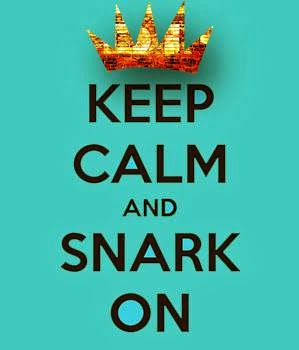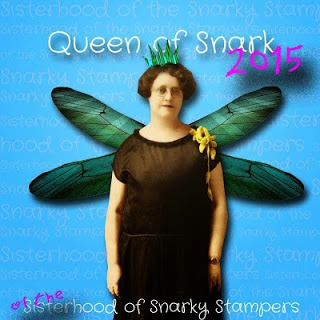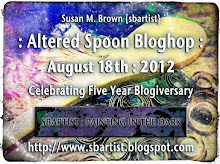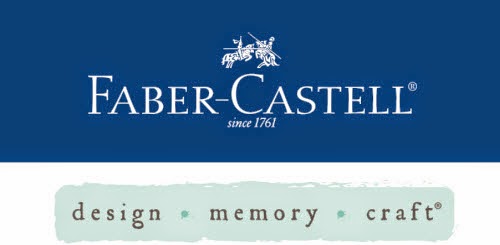Welcome to another special Designer Crafts Connection Bloghop - introducing you to a NEW product... Hebe Cord by Sullivans USA - manufacturer of innovative sewing and quilting products, floss and specialty threads. Thirteen Designer Crafts Connection Designers accepted the challenge of creating with this new cording. With Christmas coming right around the corner, I knew exactly how to put this product to the test... making tassels for my handmade paper ornaments.

Sullivans USA provided me two gorgeous colors of Hebe Cord - a light powder blue and a gorgeous teal blue. Hebe cord can be used in various ways such as knitting, crocheting, knotting and tatting... or macrame {remember that}!
Hebe Cord is 1.0mm in a 25 yard skein and is available in 31 beautiful colors. With the variety of colors, you can create in your favorite team or school colors and perfect for braided friendship bracelets.
The Hebe Cord has a fine weave, though is sturdy and satiny. Right away I'm loving that this cord doesn't unravel - which is great for making tassels. I love to make my own tassels for my handmade ornaments. I can customize the color and adjust size to match ornament scale. My main issue... making tassels from embroidery floss is a bit challenging to keep the threads neat and tidy as it does unravel - causing me a lot of frustration in wasted time and supplies to compensate for double backtrimming.
Before beginning winding my tassels, I needed to get the cord secure onto a card to keep it neat and unknotted. I loosely wound it around a flattened toilet paper tube from my paper recycling bin.
I gathered a few supplies: Hebe Cord; 1/8" satin ribbon hanger; beads and bead endcaps; patterned paper folded into ornament; adhesive to secure folded paper shape; scissors, and handmade tassel making template cut from cardboard/chipboard. I'm making a tassel for a larger lantern size ornament made from a 12" sheet of patterned paper. Living in South Florida - Christmas isn't always traditional red and green with Santa and his elves... around here it's a bit tropical. My patterned paper is a lovely glittered seashell pattern {my apologies I can't remember the make and it's not printed on the back}.
I cut a couple short strands of Hebe Cord to use for a hanger for the tassel and another to tie off the strands to make the rounded top. No measuring here - I just eyeball it. I just need the hanging part to be long enough to secure inside the lantern and the tie off to be long enough to blend in with the rest of the fringe when complete. I have knotches cut into my template to hold the cord in place while I'm wrapping.
I take the tie off section {which is approx. 12" long} and wrap around the top edge of my template and secure ends in knotch. Then I secure the fringe edge at the bottom of my template to leave my hand free to wrap cord evenly.
I wrap the cord around the template - not too loose and not too tightly about 25 to 30 times. Again, this is not a measured thing, I just keep wrapping until there seems to be enough strands to make a full tassel.
I gently pull through the tie off section and tie a knot off at the top of the wrapped section. This will form the hanger at the top of the tassel. I insert the second strand through the slit around strands, pull tight and knot to secure forming the poof at the top of the tassel. The template helps hold the strands in place keeping your hands free to tie knots.
With knots securely tightened it's now safe to cut strands at the bottom to remove from template. After removing from template, I pulled individual strands to tighten/adjust the strands at the top in the poof. This is where I find myself fussing about like I'm tying a ribbon bow.
I took the loose strands of the knot and snugly wrapped around to create a banded area below poof and tucked the loose ends inside the wrapped area. No need for glue and the knot is nicely concealed.
I prepared for final trimming by wrapping a small strip of paper around the strands, taping closed. I slid down to the bottom of the fringe and used edge as guide to backtrim edges flush. You can see in the photo that after all the handling so far {which was a lot of fussing to straighten the poof to my liking}, the Hebe Cord has not frayed one bit. AMAZING!!!
Using sharp scissors, I pinched the ends flat and cut flush at edge of paper wrapping. Tassel is complete and ready for finishing details.
At the top of the tassel I added a silver bead, pulling down over knot - craftily concealing the knot snugly inside.
Completed tassel is simply GORGEOUS!!!
I'm so thrilled with how my tassel has come out and it looks so rich and luxurious like the fancy expensive tassels you can buy. I look forward to converting all my tassels from embroidery floss to Hebe Cord!
Thanks so much for visiting! Continue on this special Designer Crafts Connection "Hebe Cord Challenge" Bloghop by selecting hop back/forward on the logo below to enjoy more ways to use the NEW Hebe Cord by Sullivans USA. Sb :)














































Lovely use of HEBE cord.
ReplyDeleteGreat post! Love all the photos and instructions. I might have to pin this so I can make my own tassels.
ReplyDeleteThis is a great idea Susan! Why didn't I think of that?
ReplyDeleteDidn't think about the cords being used for tassels, but I make my own now with these cords. Love your instructions too!
ReplyDelete